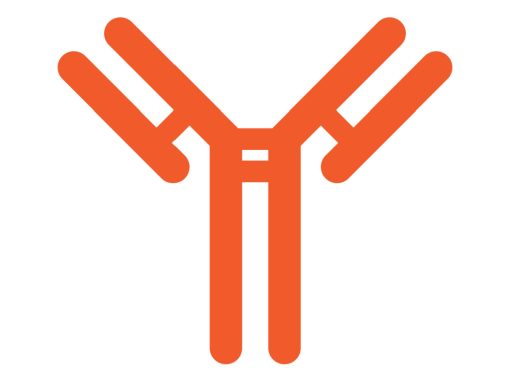Just a few months ago, the US Supreme Court handed down its decision in Amgen v Sanofi (Amgen), namely that Amgen’s patents broadly claiming antibodies that inhibit the PCSK9 protein are invalid for lack of enablement. Now, in a decision that broadly mirrors Amgen, the Federal Circuit have found Baxalta’s functionally defined antibody claims insufficient.
Background
With the present appeal, Baxalta challenged the District Court’s decision to hold claims 1–4, 19, and 20 of U.S. Patent No. 7,033,590 (the ‘590 patent) invalid for lack of enablement.
Independent claim 1 is representative and recites:
An isolated antibody or antibody fragment thereof that binds Factor IX or Factor IXa and increases the procoagulant activity of Factor IXa
Antibodies are proteins that bind to antigens. The specificity of an antibody for a given antigen is governed by the specific sequence of the variable regions.
In the ‘590 patent, the inventors generated antibodies falling within the scope of the above claim using the hybridoma technique, whereby mice were immunized with human Factor IX/IXa in order to generate anti-Factor IX/IXa antibody-secreting B-cells, which were then fused to myeloma cells to create hybridomas that secrete anti-Factor IX/IXa antibodies. The inventors then screened the antibodies to determine whether they bind Factor IX/IXa, and also increase procoagulant activity. 1.6% of the screened antibodies were successful and the ‘590 patent discloses the amino acid sequences for eleven of them.
Enablement
That a patent’s specification must describe the invention and “the manner and process of making and using it, in such full, clear, concise, and exact terms as to enable any person skilled in the art to which it pertains…to make and use the same” is a concept that underpins the patent bargain. Indeed, the patent system operates on the basis of a simple premise – any inventor willing to share the details of their new, non-obvious and useful invention is rewarded with exclusivity for up to 20 years. In the US statute, this concept is enshrined in 35 U.S.C. § 112(a).
In Amgen, the US Supreme Court reiterated that “the specification must enable the full scope of the invention as defined by its claims,” allowing for “a reasonable amount of experimentation”.
But what constitutes “a reasonable amount of experimentation”?
With respect to antibodies, on the one hand some may argue that the development of antibody technology is front-loaded in that the difficult part is identification of the target and the therapeutic result. Once that information is known, the development of alternative antibodies is routine and falls under the ambit of “reasonable amount of experimentation”.
On the other hand, others may argue that even antibodies that bind similar regions of a target can elicit different responses and thus a limited disclosure by one inventor should not be allowed to stifle innovation in an entire area. That is, claims covering a genus of antibodies should be rarely allowed.
Decision
Baxalta argued that the decision of the District Court was improper because the skilled person could obtain the full scope of antibodies claimed without undue experimentation. In more detail, Baxalta alleged that the skilled person could follow the same process that their inventors did to identify alternative antibodies to the eleven already described.
Unfortunately for Baxalta, the Federal Circuit found, in line with Amgen, that such a process would amount to undue experimentation.
In Amgen, the patents claimed all antibodies that (1) bind to specific amino acid residues on a protein known as PCSK9; and (2) block PCSK9 from binding to LDL receptors. Although the scope of the claims covered potentially millions of antibodies, the specification only disclosed the amino acid sequences of twenty six antibodies that performed the two claimed functions. Amgen argued that the skilled person could make alternative antibodies either by following the “roadmap” disclosed in the patent or employing a technique known as “conservative substitution”. However, the Supreme Court found these techniques to amount to “little more than two research assignments”.
Drawing a parallel between Baxalta’s disclosure and Amgen’s “roadmap” or “conservative substitution” methods, the Federal Circuit found in the present case that there is nothing in the ‘590 patent that teaches the skilled person how to identify antibodies falling within the scope of the claim other than the method used by the inventors. That is, “the public [would be] no better equipped to make and use the claimed antibodies than the inventors were when they set out to discover the antibodies over which they now have an exclusive right”.
Of course, the situation may have been different if the patent had disclosed a quality common to every functional embodiment such that the skilled person would have been guided to a specific set of antibodies. But unfortunately for Baxalta that disclosure simply wasn’t there.









